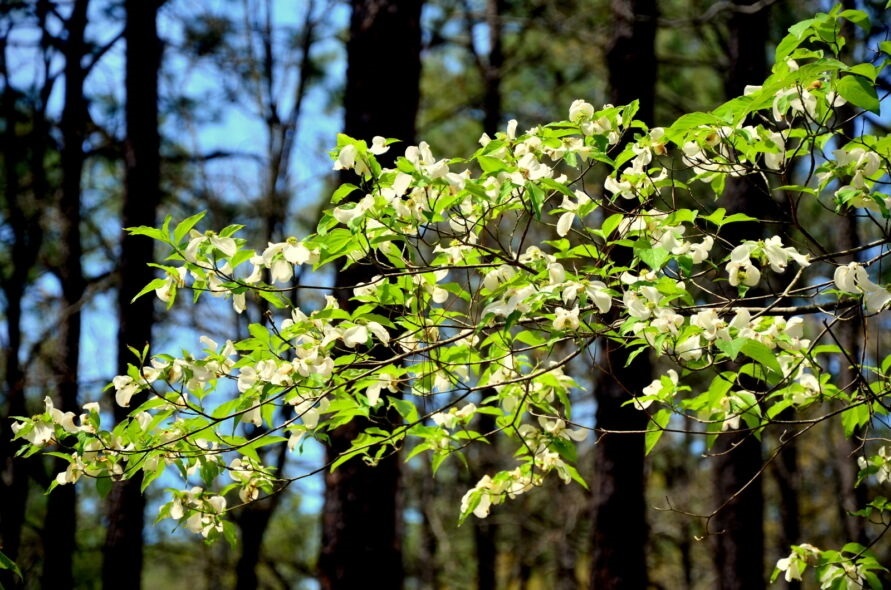Composition
Pause and ask yourself ‘what am I trying to show?’ A shoreline, great forest vista or maybe a plant detail? Your “composition” –what you include and exclude – determines what is important. Often, tilting the camera down so you have just a small band of sky really helps bring the foreground into the frame. It’s not always easy, but imagine the picture before you take it. Try to achieve what you’re visualizing by where you stand, where you point your camera, and whether you zoom in or out. How do you frame a great shot outside?

White Mountain National Forest, New Hampshire

Bitterroot National Forest, Montana

Lolo National Forest, Montana
Focus
Nothing ruins a photo faster than it being blurry. For far-off subjects like a horizon or distant mountain, focus shouldn’t be a challenge. But when you get close to something, say a beautiful wildflower, pay careful attention. On digital cameras, pressing the button halfway down will focus the camera. Even on most smartphones, if you touch the screen before taking the picture, the phone will focus on that specific spot. As you become more confident and capable with focusing, you’ll see a dramatic improvement in your photographs.

Flathead National Forest, Montana

Kisatchie National Forest, Louisana

Bitterroot National Forest, Montana
Color
National Forests offer abundant colors. Pull them into your picture to create impact. Our eyes are drawn to vivid colors. On the Forest that might be the golds and oranges of fall leaves, bright greens of early spring, a deep blue sky, or a vivid kayak or canoe in the picture. Color can provide a powerful “focal point.” Take a look at pictures that you like (say on a favorite outdoors-related website), and note how the use of color strengthens the images.

Flathead National Forest, Montana

Yosemite National Park, California

White Mountain National Forest, New Hampshire
Sun
Put the sun behind you. While there are exceptions to every rule, this is one where you can hardly go wrong. When you point your camera toward the sun, you get overly bright areas and often silhouettes of everything else. When the sunlight is coming over your shoulder, the lighting is more even and often warmer. Try different settings on your camera or phone to develop a feel for different amounts of sun.

Flathead National Forest, Montana

White Mountain National Forest, New Hampshire

Lolo National Forest, Montana
Simplify
Most strong pictures have just a few things in them. You can simplify your pictures by combining the tips from the past few days. For example, pause and find what is really speaking to you. Then look for a spot of color in the scene. Move in and make that your subject. Regardless of how you do it, simplifying an image almost always gives it more impact. Have fun and experimenting. Isolate on something you want to highlight; say a beautiful big pinecone. Take a few practice shots up close, and take a few from 10 feet back. Which works better? My guess is the close up!

White Mountain National Forest, New Hampshire

Bitterroot National Forest, Montana

Bitterroot National Forest, Montana
Additional Resources
- This is a convenient source for clusters of tips, sort of a ‘list of lists’ to help you take better pictures. Lots of examples and easy to follow steps.
- Here is a comprehensive resource on everything from how to photograph plants to using your smartphone camera more effectively.
- 20 Essential Photography Tips for Beginners
- Check this out for some more advanced tips and techniques.
All photos by Ray A. Foote
-------
Did this blog get your adrenaline going for some National Forest adventure experiences? We hope so! Your support is crucial to ensuring the National Forest Foundation can complete dozens of projects each year that keep the adventure coming. Please click here to make a much-needed unrestricted gift today. And, happy (safe) adventuring!

